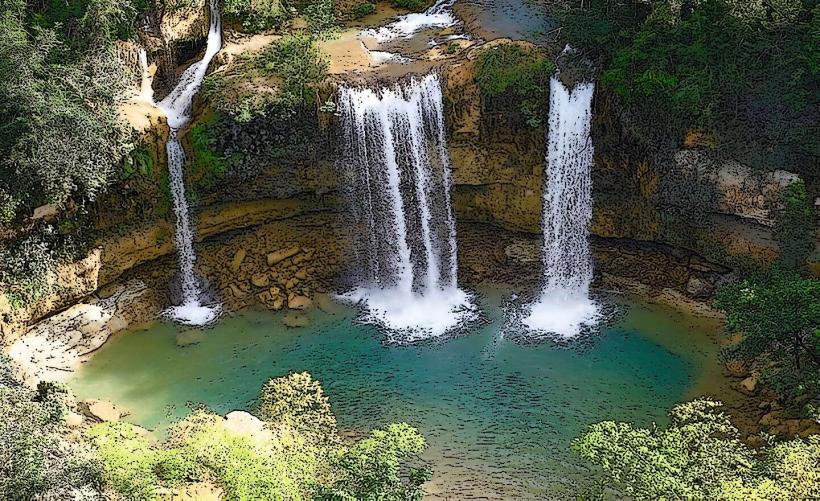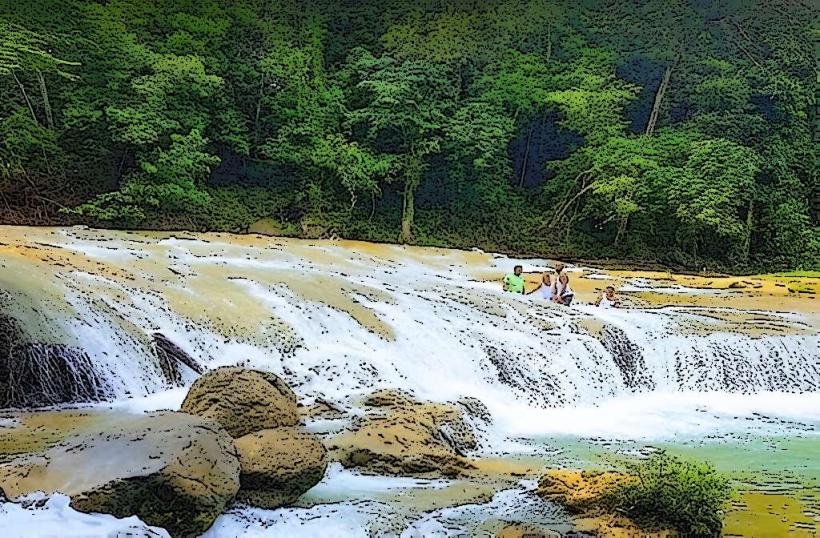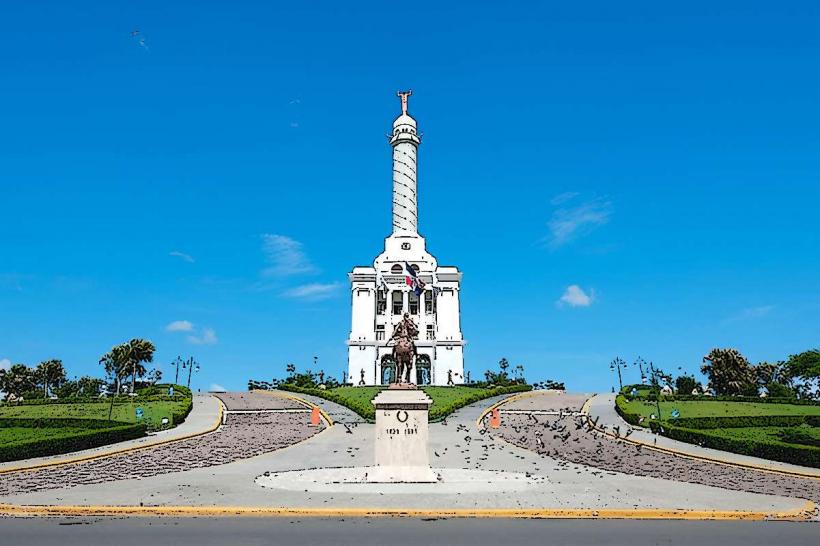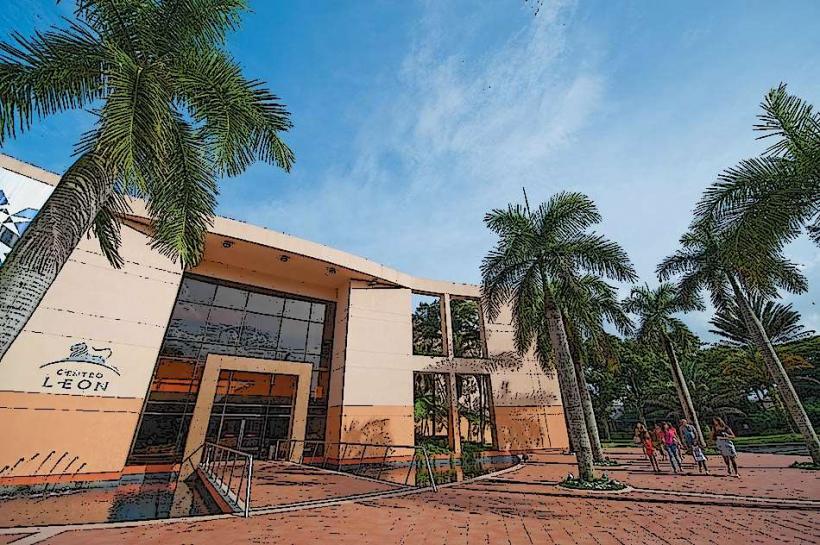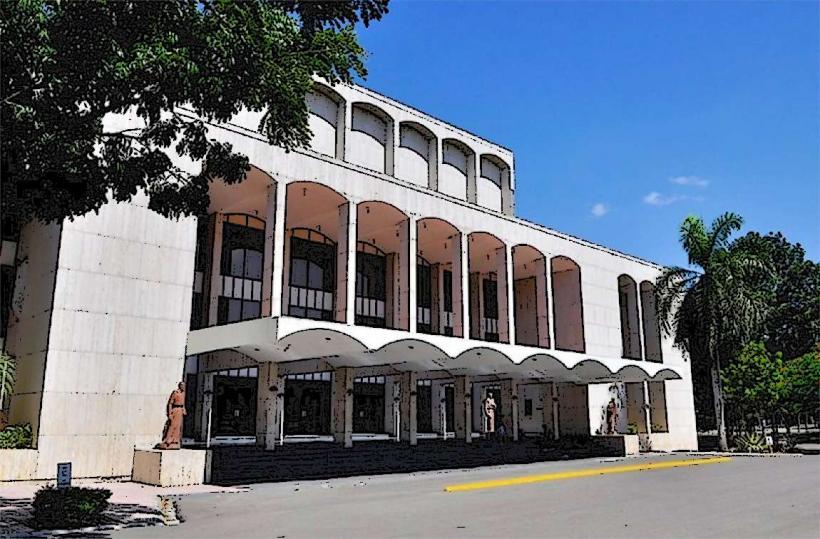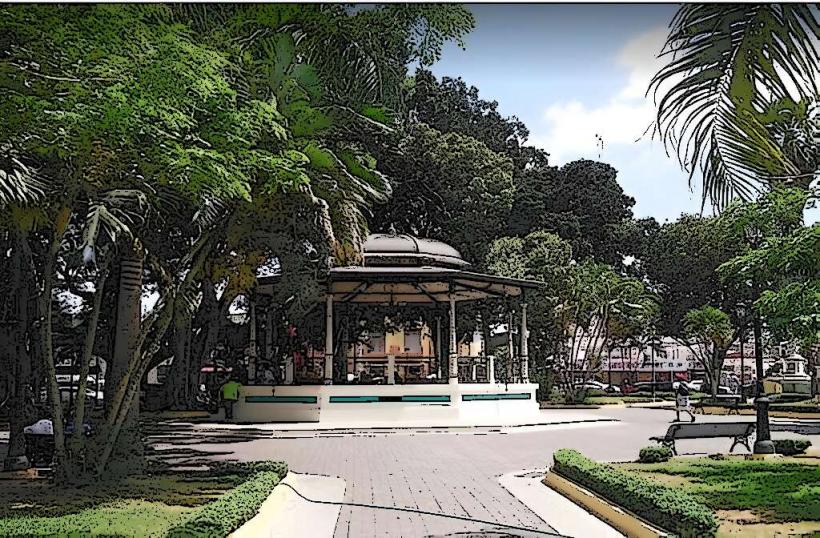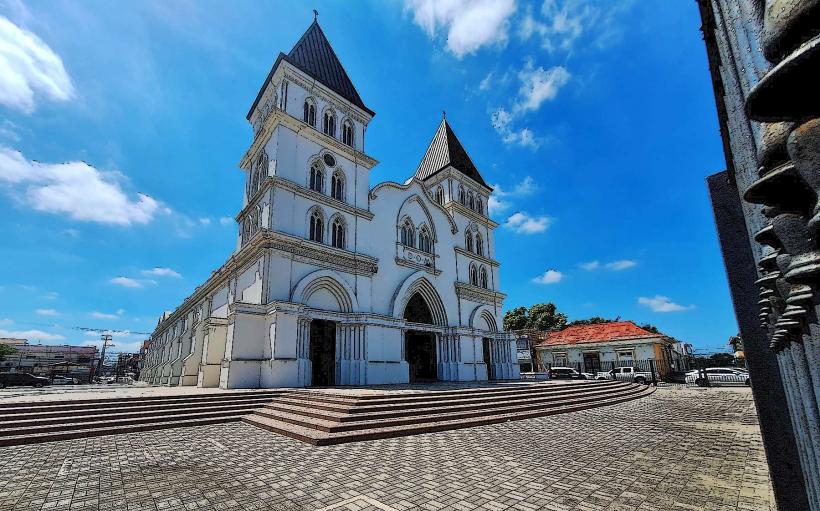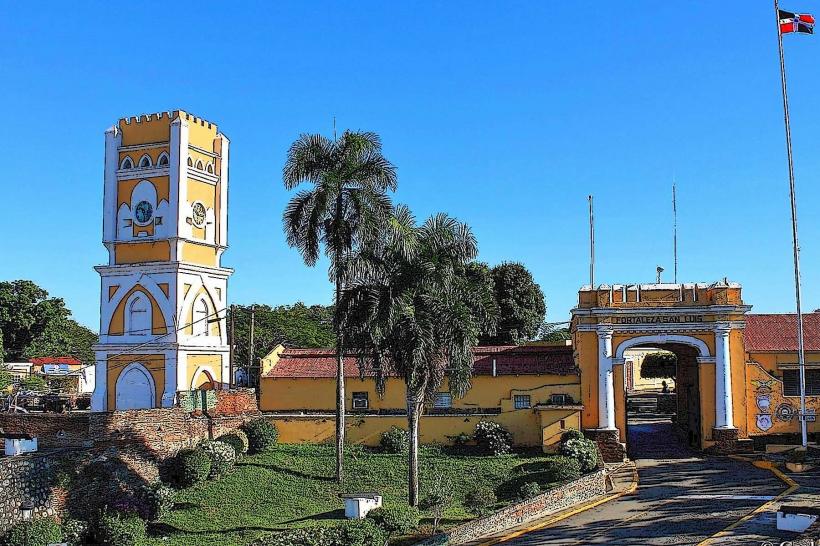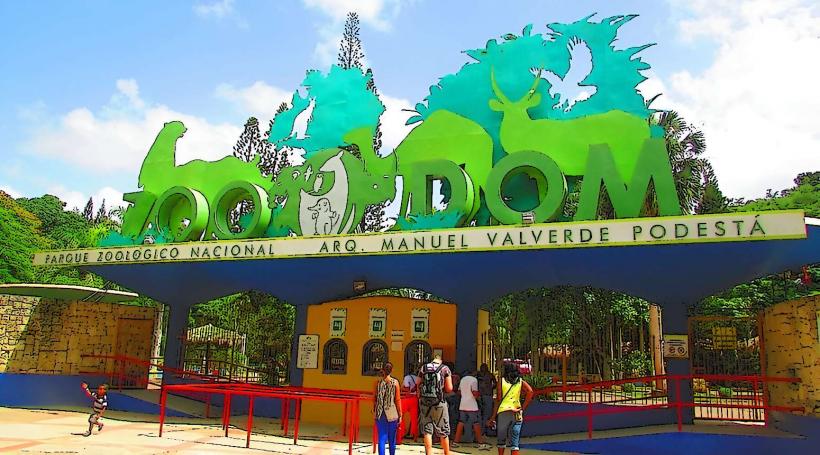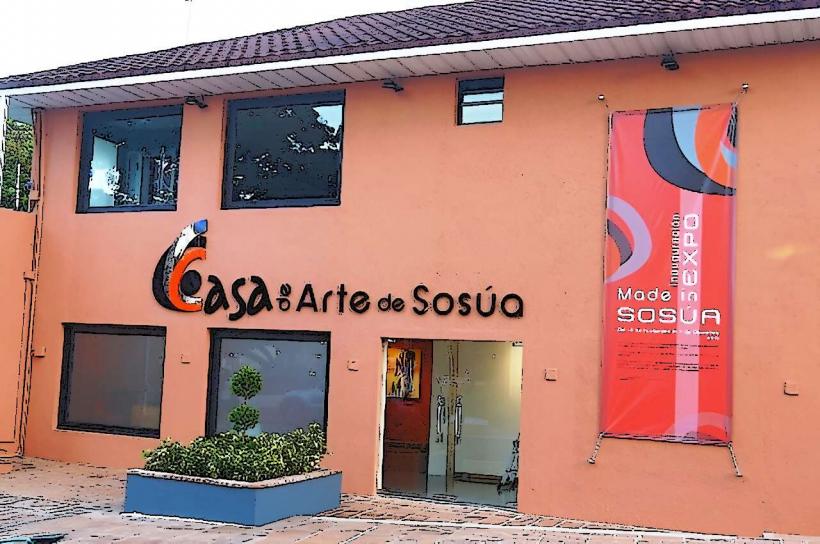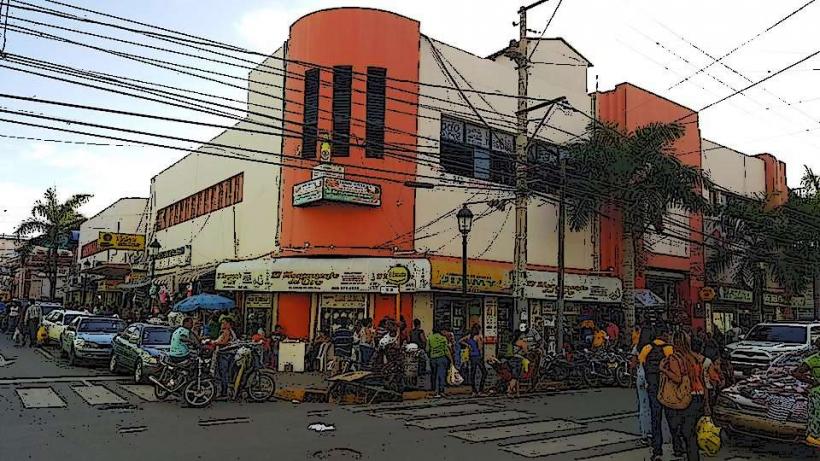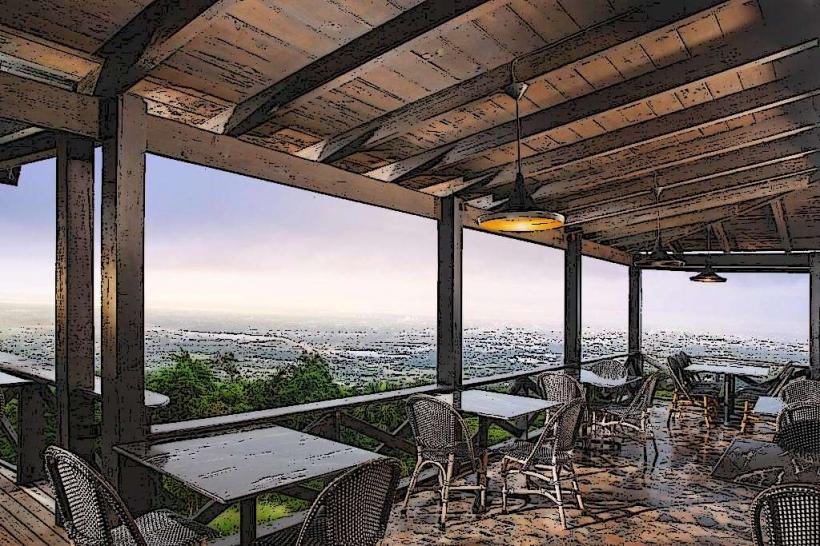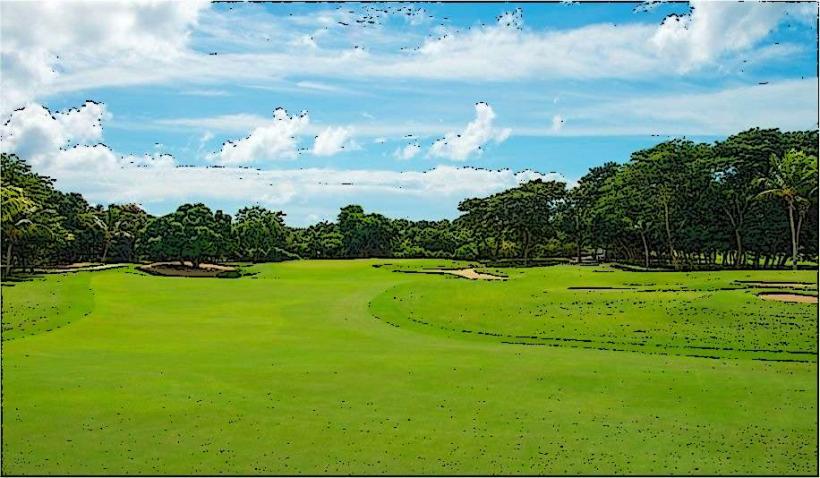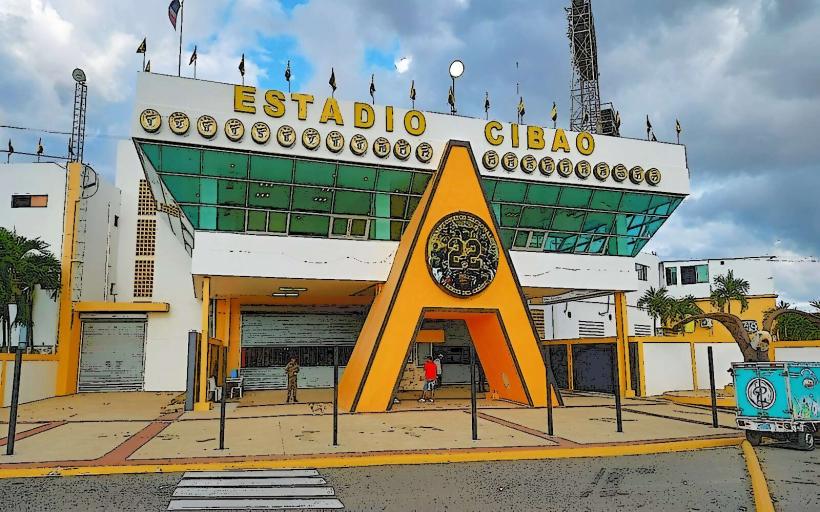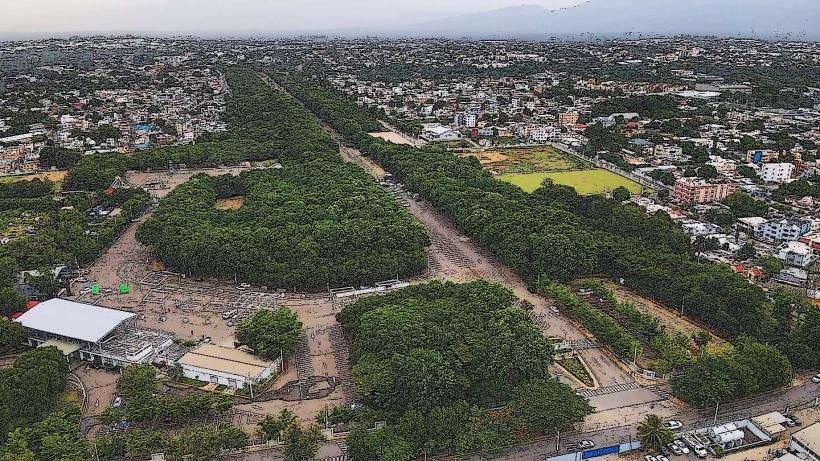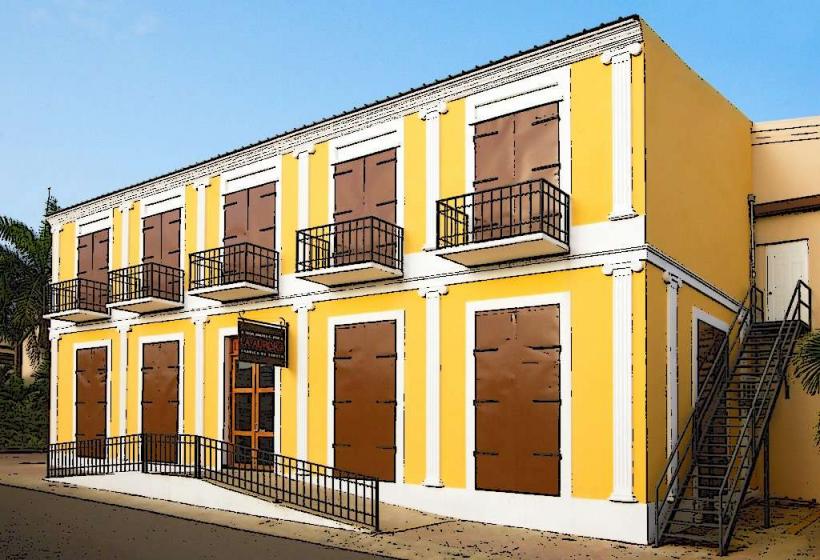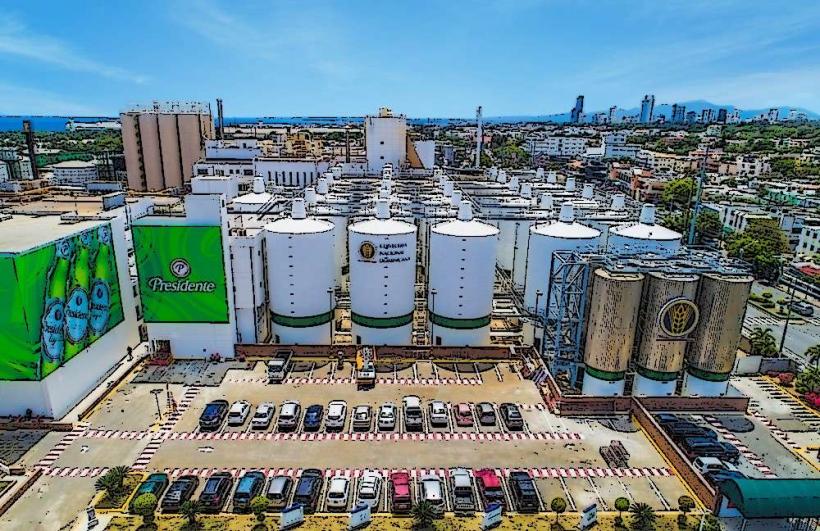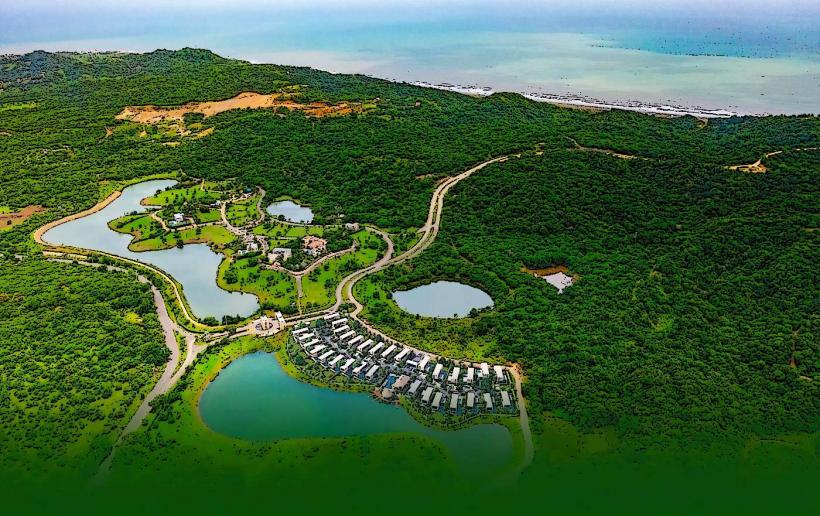Information
Landmark: Jardín Botánico Eugenio de Jesús MarcanoCity: Santiago de los Caballeros
Country: Dominican Republic
Continent: North America
The Jardín Botánico Eugenio de Jesús Marcano, located in Santiago de los Caballeros, Dominican Republic, is a beautiful botanical garden dedicated to the preservation, study, and appreciation of the region's native flora and ecosystems. It is named after Eugenio de Jesús Marcano Fondeur, a renowned Dominican scientist, naturalist, and educator who made significant contributions to the study of the country's biodiversity.
Overview
- Location: Situated on the outskirts of Santiago, the garden spans a large area featuring diverse plant collections, natural landscapes, and educational facilities.
- Purpose: The botanical garden is a hub for research, conservation, environmental education, and recreation, focusing on Dominican and Caribbean ecosystems.
Features and Attractions
1. Native Plant Collections
- The garden showcases a wide variety of plants native to the Dominican Republic, including:
- Endemic Species: Unique plants like mahogany trees (Swietenia mahagoni), guayacán (Guaiacum officinale), and palma cana (Sabal domingensis).
- Cacti and Succulents: Representing arid regions, including species endemic to the Caribbean islands.
- Medicinal Plants: A dedicated section highlights plants traditionally used in Dominican folk medicine.
2. Thematic Gardens
- Orchid Garden: Displays a wide variety of orchids, including native species like Cattleya skinneri and other tropical blooms.
- Butterfly Garden: A vibrant space designed to attract and support butterfly populations, offering insight into their ecological role.
- Japanese Garden: Features serene landscaping with koi ponds, bamboo, and traditional design elements.
- Aquatic Plants Area: Showcasing lilies, lotuses, and other water plants in tranquil pond settings.
3. Nature Trails
- Well-maintained trails allow visitors to explore the lush landscapes while learning about the plants and animals that inhabit the area.
- Observation Points: Elevated platforms provide panoramic views of the gardens and surrounding landscapes.
4. Research and Conservation
- Herbarium: Houses a collection of preserved plant specimens used for research and education.
- Conservation Programs: Focus on protecting endangered species and restoring habitats.
5. Educational Facilities
- Interpretive Center: Offers interactive exhibits on the Dominican Republic's flora, fauna, and ecosystems.
- Workshops and Lectures: Regular programs for students, researchers, and the general public on topics like botany, conservation, and sustainable gardening.
6. Recreational Areas
- Picnic Spots: Shaded areas with benches and tables for relaxation.
- Children’s Play Area: A space designed for younger visitors to enjoy and learn about nature.
Wildlife
The botanical garden is also home to various species of wildlife, including:
- Birds: Hummingbirds, woodpeckers, and the endemic Hispaniolan parakeet (Psittacara chloropterus).
- Reptiles: Lizards and iguanas that thrive in the warm, tropical environment.
- Insects: A diverse range of butterflies, bees, and other pollinators.
Significance
- Environmental Education: Promotes awareness of the importance of plants and ecosystems in sustaining life.
- Conservation Efforts: Plays a critical role in protecting endangered species and habitats, contributing to global biodiversity.
- Cultural Importance: Named after Eugenio de Jesús Marcano, the garden honors his legacy and contributions to Dominican science.
Visitor Information
- Hours: Open daily, usually from morning until early evening. Check local listings for updated times.
- Admission: Modest entry fees, with discounts for children, students, and seniors.
- Guided Tours: Available for individuals and groups, providing in-depth information about the garden's collections and features.
- Accessibility: The garden includes wheelchair-accessible paths and facilities.
Location and Transportation
- Address: Easily accessible from the city center, located near Santiago’s major highways.
- Parking: Ample parking is available for cars and buses.
- Public Transport: Visitors can reach the garden via taxis or local transportation from central Santiago.
Events and Activities
- Plant Fairs: Seasonal sales of native and exotic plants.
- Workshops: Topics range from gardening techniques to environmental conservation.
- Cultural Events: Occasionally hosts musical performances and art exhibitions in its serene outdoor settings.
Conclusion
The Jardín Botánico Eugenio de Jesús Marcano is a must-visit destination for nature lovers, educators, and families. It combines natural beauty with educational opportunities, making it a vital part of Santiago’s cultural and ecological landscape. Whether you're interested in botany, enjoying a peaceful walk, or learning about Dominican biodiversity, this botanical garden offers a memorable and enriching experience.

